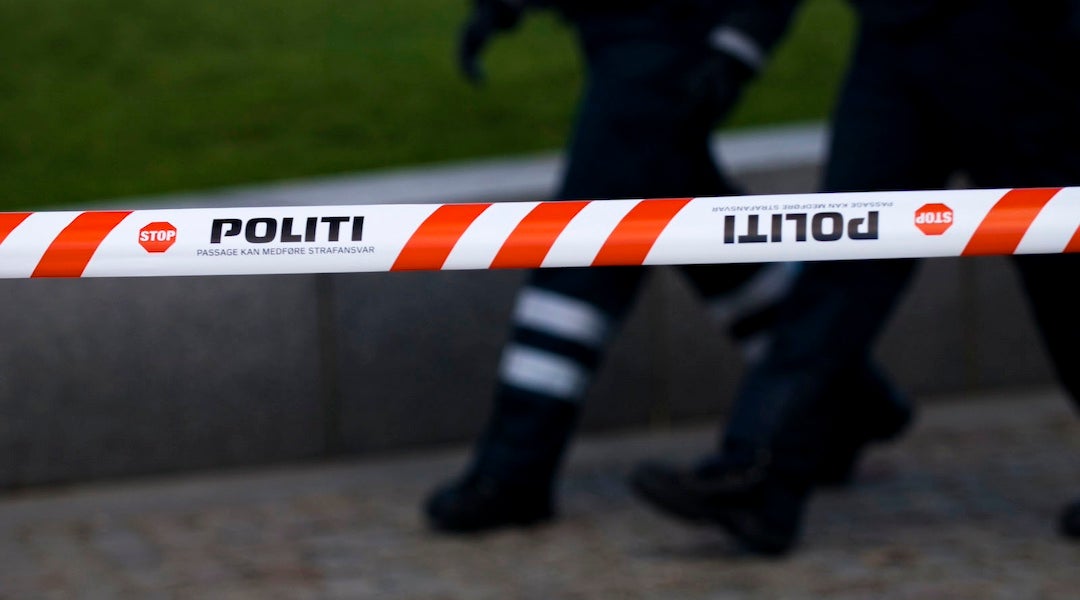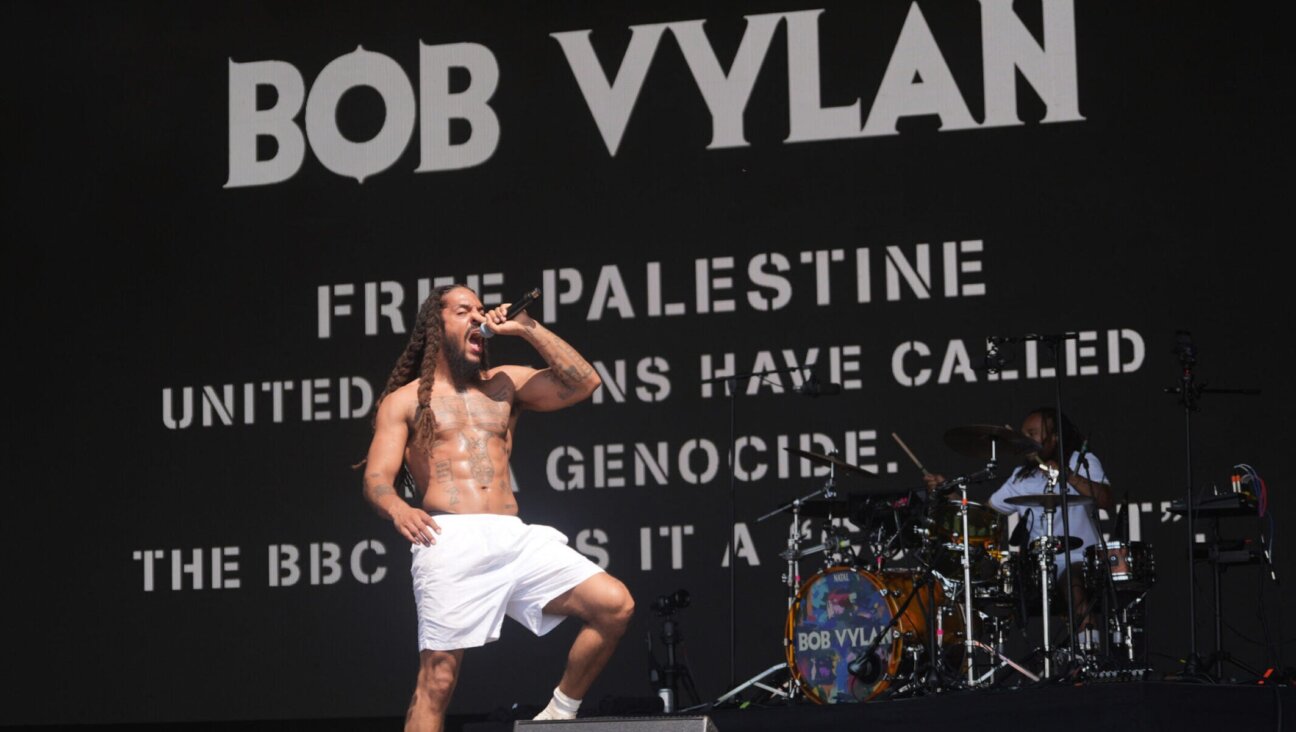Painting a Fuller Picture of Ruby, Killer of Kennedy’s Assassin
With the 40th anniversary of John F. Kennedy’s death came the predictable wave of reflections on his presidency and zany theories on his assassination.
At least one assassination aficionado, however, is working to discredit the many conspiratorial narratives that seek to include Jack Ruby, the man who shot Lee Harvey Oswald, Kennedy’s assassin. Armed only with a personal Web site, David Reitzes, a 34-year-old freelance writer, is fighting to provide what he says is a fuller picture of Ruby and a more accurate depiction of his crime.
In contrast to conspiracy theorists who tend to paint Ruby as the linchpin of a plot, Reitzes offers a rather simple and human interpretation of Jack Ruby (known to his Yiddish-speaking mother as Jacob Rubenstein). Reitzes believes that Ruby was just an insecure and unstable Jewish nightclub owner who acted on impulse after Kennedy’s death.
In a lengthy essay on his Web site, Reitzes quotes Hillel Silverman, the rabbi in 1963 at Shearith Israel, the Dallas synagogue where Ruby was an occasional visitor during his last days of freedom, including the Friday that Kennedy was killed.
Scoffing at the notion that Ruby might be tied to a plot, Silverman is quoted as saying, “Jack Ruby would be the last one that I would ever trust to do anything.”
Silverman’s words, though, have done little to calm the lively debate that still swirls around Ruby’s motivation for shooting Lee Harvey Oswald at the Dallas police station on November 24, 1963.
Conspiracy theorists often ponder Ruby’s presence at the evening press conference hours after the assassination, when he stood up on a table in the back and corrected a district attorney who gave the incorrect name for a pro-Castro Cuban activist group that Oswald had helped. Why did Ruby not take the chance then to kill Oswald? And why had Ruby, himself, made two unexplained trips to Cuba in 1959?
When speculating about Ruby’s motivations, partisans on all sides of the debate inevitably come back to his tangled Jewish background. In the case of Reitzes, and many other respectable historians who want to extricate Ruby from the jaws of conspiracy theorists, Ruby’s unstable behavior as a Jewish thug is always premium evidence.
In one of the few published biographies on Ruby, Seth Kantor wrote: “Before [Ruby] was in his teens, he fought in gang brawls against Italian kids who taunted the Jews. In his mid-20s he was part of a Jewish pool hall crowd that attacked the hate-spewing, pro-Hitler German-American bundist meetings … In his mid-30s, as an Air Force private, he beat up a sergeant who had called him a Jew bastard.”
With this background, historians ask, is it any surprise that Ruby would impulsively choose to kill the assassin of an American president who had been a great friend of the Jews?
Kantor wrote that, “in [Ruby’s] mind Oswald had been an impersonal Nazi image.”
But those who see darker forces behind Ruby’s actions point to a different set of ongoing relationships that Ruby had with the Jewish community: those with the mob.
The most widespread theories on the assassination point to a CIA or mafia plot or, as in Oliver Stone’s 1991 film “JFK,” a combination of the two. Such discussions often lead to Ruby’s alleged connections to Meyer Lansky — the godfather of the Jewish mob — and the possibility that Ruby was an operative sent to silence Oswald.
Robert Lacey, author of the biography “Little Man: Meyer Lansky and the Gangster Life,” said Ruby’s connections to the mobster have never been confirmed. “I searched like mad,” he added.
Lacey does note, however, that Ruby’s work for mobster Santos Trafficante has been documented. In 1959, the CIA reported that Ruby visited Trafficante in a Cuban jail. The Warren Commission’s lack of interest in these connections and Ruby’s undocumented trips to Cuba have always raised eyebrows among conspiracy theorists who believe Oswald did not act alone.
A more sinister theory holds that the whole assassination was a Mossad plot to kill Kennedy because of the president’s opposition to the Israeli nuclear program. This theory makes much of Ruby’s supposed connections to “the Jewish mob.”
On one antisemitic Web site, which features “The Protocols of the Elders of Zion,” one writer claims: “Israel gave the order. The Mossad carried it out. Ruby covered it up.”
Most scholars, though, dismiss the acrobatics needed to reach this kind of conclusion, agreeing with Reitzes that Ruby may have been involved in some shady activities, but on November 24, 1963 he was just an unstable man who got it into his head to be a hero.
In the end, these delusions of grandeur were the end of him. Before dying of cancer in 1967, Ruby was reportedly heard wailing in his prison cell that the Jewish people were being slaughtered because of his decision to shoot first and think later.





















